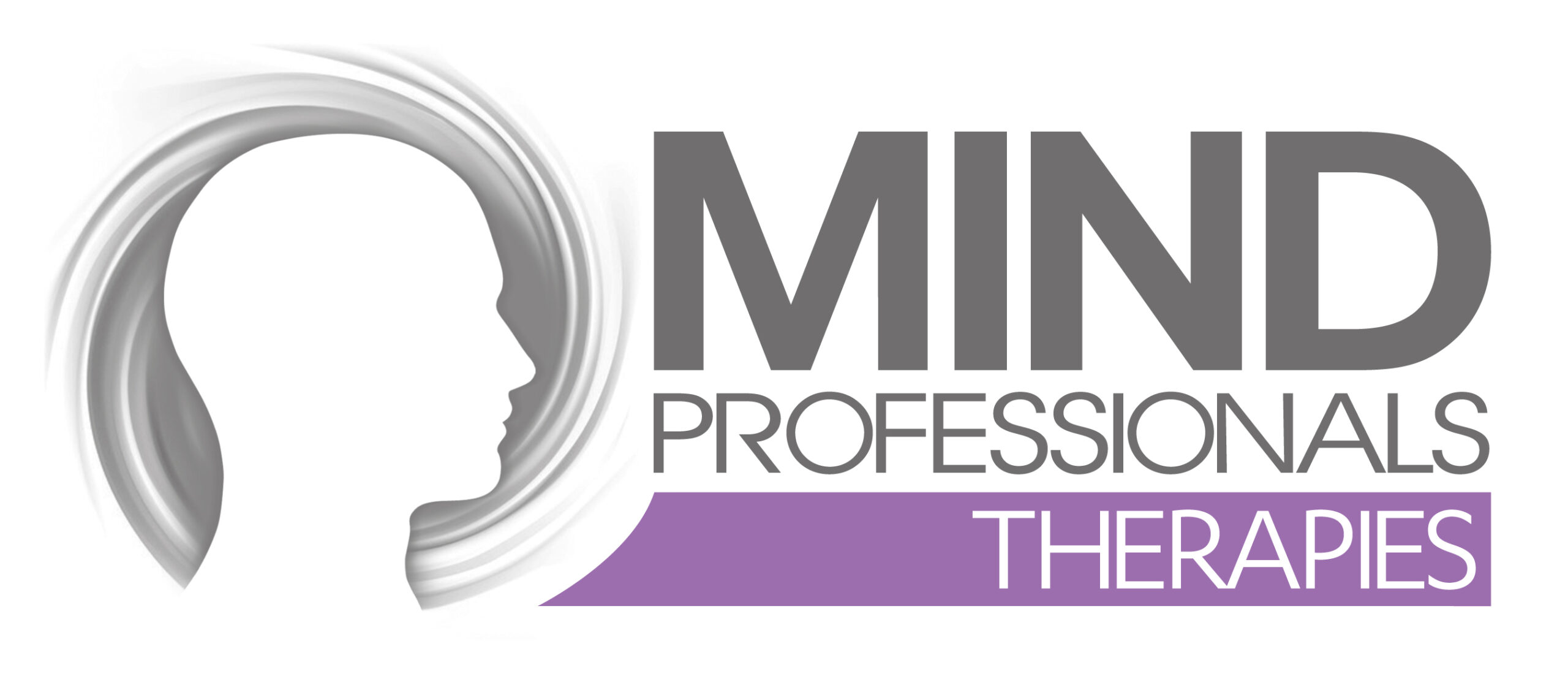ADHD Diagnostic Assessment – What to Expect
Our ADHD assessment protocol involves:
1. A detailed initial Screening Assessment to determine whether proceeding with ADHD Diagnostic assessment is clinically indicated and appropriate for the person at the present time and to identify and clarify any complex issues or significant risks that could affect the diagnostic assessment process and / or its outcome. This Screening assessment involves gathering, analysing and review of age specific, adjunct information using a range of questionnaires including:
- Connor’s ADHD Rating Scales for Children and Young People – completed by Child (if 12-18yrs), Parent and Teacher.
- Brown, or Connor’s Adult ADHD Rating Scales for Adults – completed by Person, Relative / Close Informant
- Our own Background Information Questionnaire (CYP and Adult specific versions) which requests age-appropriate information about the persons difficulties, strengths and expressed needs, their medical and developmental history; social history, family circumstances and household; educational and occupational (for adults) circumstances.
2. Developmental History Review of information provided by parent / family member or other informant who has known the person from early childhood and is able to comment on their behaviour during their developmental years.
3. A comprehensive structured Clinical Interview with the person conducted either remotely via video link, or in person. Assessment tools used include DIVA 5 – Adults and Young DIVA – CYP. This interview is inclusive of:
- Assessment of the degree of psychological / social / educational / occupational impairment caused by behaviour and symptoms of hyperactivity / impulsivity and/or inattention in the different domains and settings of everyday life, against each of the specified diagnostic criteria in DSM-5 or ICD-10
- Psychiatric History and Mental State examination
- Assessment of Physical Health / Co-existing Conditions
- Assessment of Social, Familial, and Educational / Occupational circumstances and expressed Needs.
4. Follow up / feedback discussion to discuss the diagnostic outcome of the assessment and its implications; address any questions or concerns; and to discuss recommended treatment and / or support interventions in accordance with the person’s and / or family’s preferences and in alignment with age specific NICE Guidance protocols. Following this discussion, a comprehensive report is written, with a clear diagnosis (where one can be made) and further recommendations provided.
